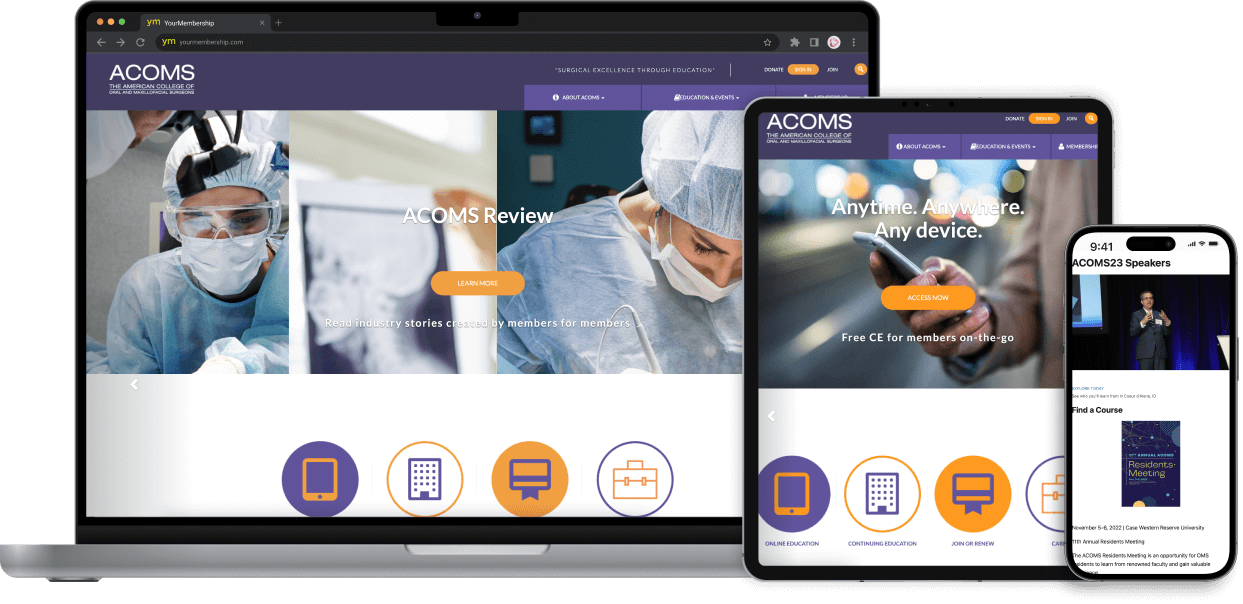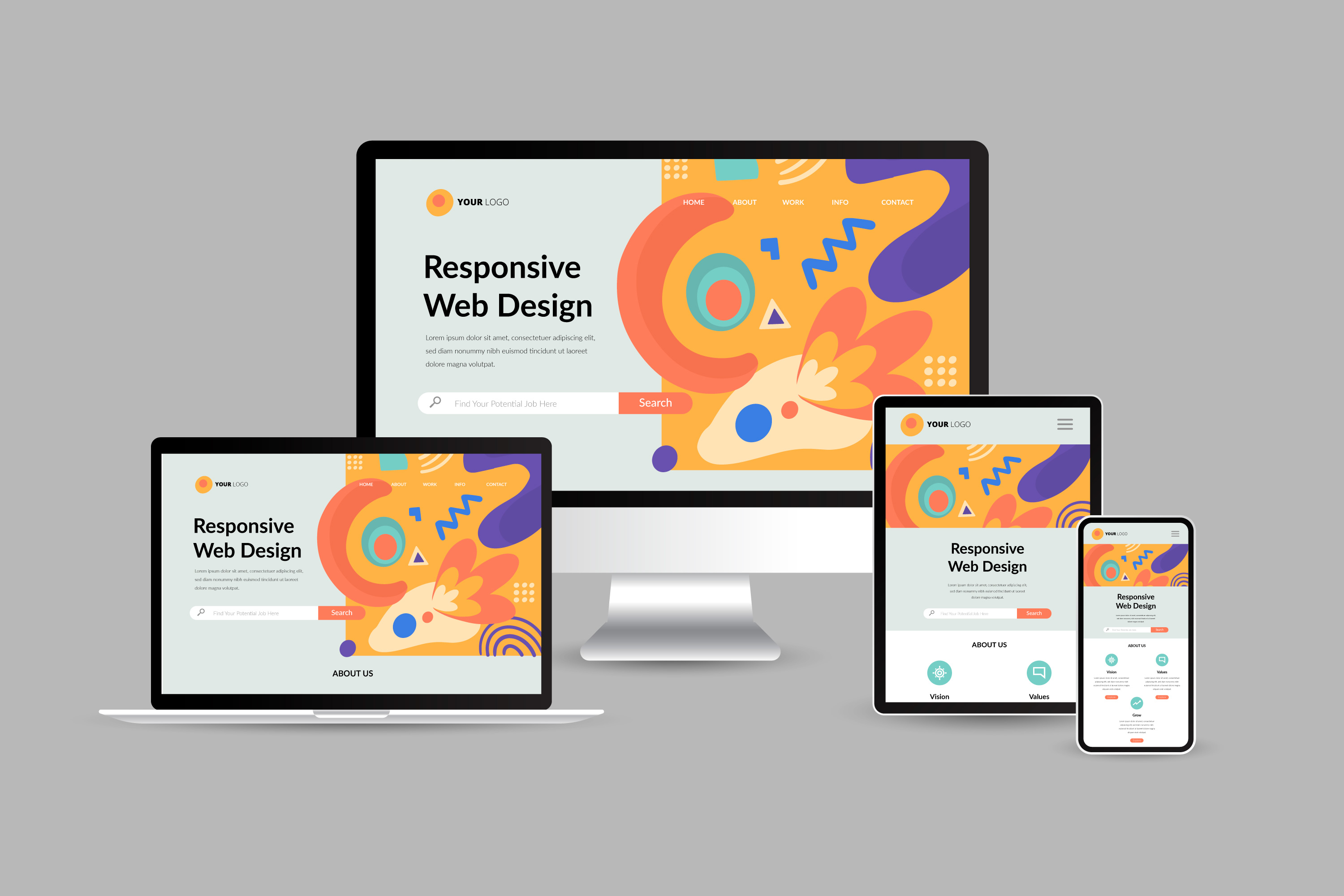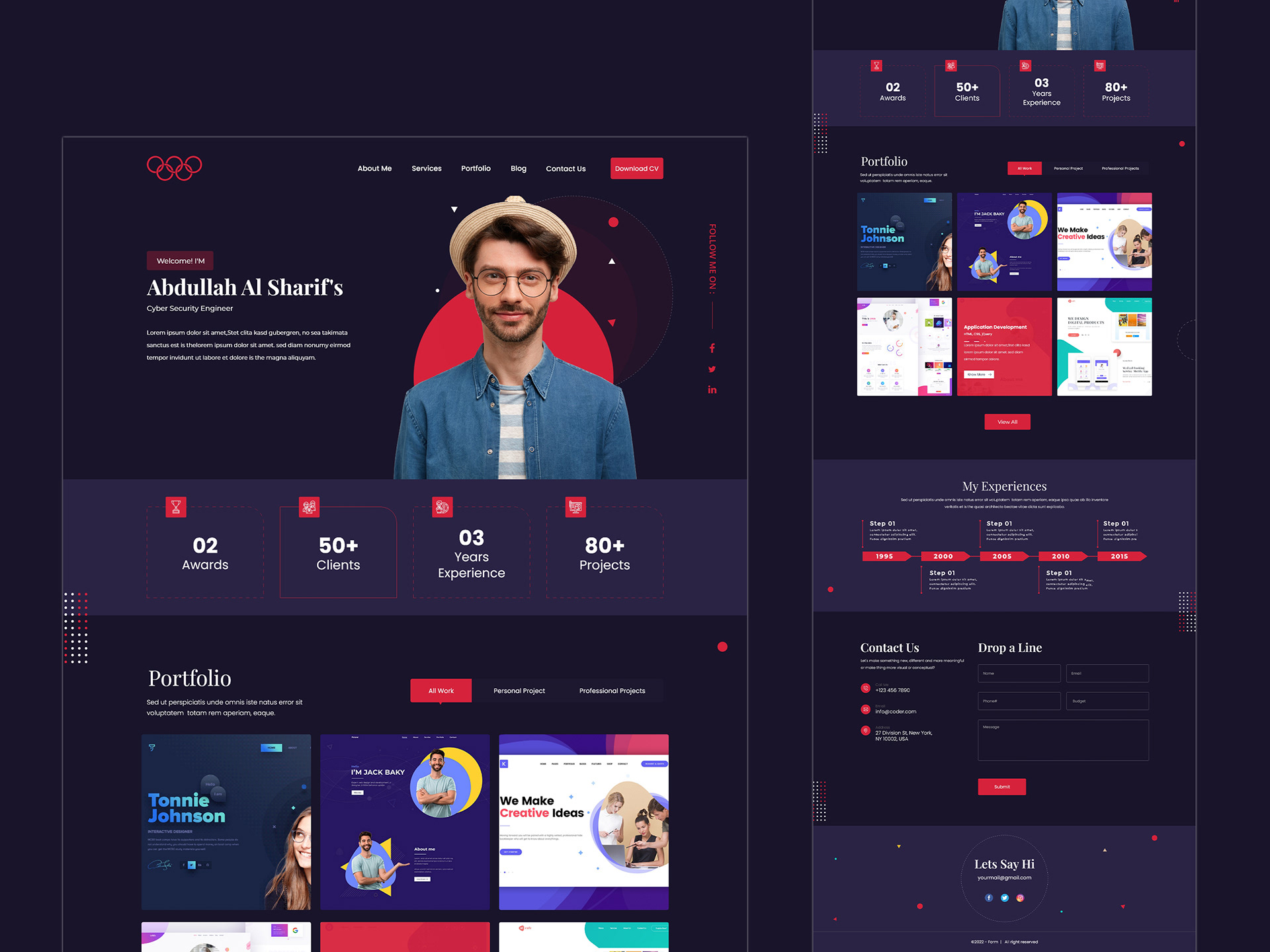How Website Design Can Help Improve User Experience and Engagement
How Website Design Can Help Improve User Experience and Engagement
Blog Article
Boost Engagement With Innovative Web Site Layout Solutions
In the world of digital communication, the relevance of innovative web site style solutions can not be overemphasized. A thoughtfully crafted user experience, underpinned by critical visual style and interactive elements, can substantially improve customer engagement. By checking out numerous approaches such as receptive design and personalized material, companies can create a platform that not only astounds users yet additionally fosters long-term loyalty. The challenge exists in comprehending the nuances of user habits and choices. This elevates a crucial inquiry: what specific techniques can be implemented to make sure that a website stays engaging and user-centric?

Recognizing Individual Experience
Recognizing user experience (UX) is vital for developing effective web site style remedies, as it directly affects exactly how customers engage with electronic systems. A comprehensive UX technique includes different components, consisting of usability, individual, and accessibility satisfaction, every one of which add to the overall efficiency of an internet site.
To begin with, use concentrates on just how easily individuals can navigate and locate the information they seek - website design. A well-structured format, instinctive navigating, and clear phone call to activity are essential elements that improve use. Ease of access makes certain that all individuals, including those with impairments, can successfully interact with the website. This involves creating web content that is compliant with ease of access requirements and can be quickly accessed utilizing assistive technologies.
Additionally, comprehending user identities is important for tailoring the experience to meet particular target market needs. By carrying out customer study and testing, developers can collect understandings that educate style decisions, ensuring the site not only fulfills aesthetic goals yet also fulfills functional needs. Eventually, a thoughtful approach to UX design fosters interaction, motivates retention, and improves overall individual contentment, which are vital for the success of any kind of electronic system.
Visual Style Methods
Including efficient aesthetic design approaches is essential for capturing user interest and improving the overall user experience on a website. A well-thought-out aesthetic hierarchy overviews individuals with the material, allowing them to easily soak up and navigate information. This can be accomplished via the strategic use typography, color pattern, and spacing, which jointly create a interesting and natural design.
Shade plays an essential duty in stimulating feelings and developing brand name identity. Utilizing a well balanced shade palette that aligns with the brand's ethos can cultivate knowledge and trust fund. In addition, integrating high-quality images and graphics enhances aesthetic charm and can considerably improve customer interaction.
Whitespace, usually forgot, is similarly crucial as it enables web content to breathe and stops overwhelming customers with clutter. It promotes less complicated reading and comprehension, causing an extra pleasurable surfing experience.
Last but not least, uniformity in design aspects-- such as switch font styles, symbols, and designs-- makes certain a smooth individual journey, strengthening the brand's expertise. By tactically executing these visual style strategies, websites can not just bring in site visitors but also urge them to stay longer and involve even more deeply with the material.
Interactive Elements for Involvement
Engaging users properly frequently depends upon the implementation of interactive elements that welcome engagement and foster a dynamic surfing experience. These components, including tests, surveys, and interactive infographics, urge users to actively participate instead of passively consume content. By integrating such features, internet sites can not just capture focus however additionally boost individual retention.

Gamification is one more powerful method. Integrating game-like aspects, such as success or rewards for finishing jobs, can transform mundane interactions right into pleasurable experiences. This approach not only increases interaction however also urges individuals to return, creating a faithful target market.
In addition, interactive components can promote social sharing, intensifying a site's reach. Attributes like remark areas, share buttons, and user-generated content locations foster area communication, transforming site visitors right into active individuals. website design. Eventually, the critical usage of interactive elements is important for developing a engaging and engaging web site that reverberates with customers
Flexible and responsive Layout
A well-designed web site must focus on responsive and flexible design to ensure optimum customer experiences across a selection of devices and display sizes. Responsive layout employs fluid grids and versatile images, permitting the format to automatically readjust based upon the viewer's screen dimension. This method ensures that customers can conveniently browse and communicate with the web content, no matter of whether they are making use of a smartphone, tablet, or desktop .
In comparison, flexible style utilizes predefined layouts that are customized to certain gadget classifications. This suggests that the web site identifies the sort of tool being made use of and serves the appropriate design, which can boost filling times and optimize the display of important elements. While both techniques aim to improve use, responsive style is often favored for its fluidness and smooth change in between tools.
Integrating adaptive and responsive design not only boosts individual contentment but likewise favorably affects search engine rankings. Internet search engine focus on mobile-friendly websites, hence enhancing exposure and drawing in more visitors. Investing in these style strategies is important for companies looking to involve their target market effectively and maintain a competitive side in today's digital landscape. website design.
Studying User Comments and Information
Customer feedback and data analysis are essential elements of reliable website style, as they offer beneficial understandings into customer behavior and preferences. By methodically analyzing and accumulating user feedback with studies, usability testing, and analytics tools, developers can determine discomfort blog factors and areas for improvement. This data-driven method allows businesses to fine-tune their website elements, guaranteeing that the individual experience aligns with audience expectations.
Assessing metrics such as bounce prices, time on web page, and click-through rates offers a measurable viewpoint on individual involvement. These metrics help designers determine which web content resonates and which areas might call for optimization. A/B testing can be utilized to assess variants in style, enabling designers to make enlightened choices based on customer interactions.
Including individual comments not only boosts site functionality however additionally cultivates a feeling of community and trust fund. Involving with individuals through feedback loops grows commitment and urges repeat brows through. Inevitably, leveraging user responses important link and information evaluation is important to creating a dynamic, user-centered website that adapts to advancing customer needs and choices, consequently driving greater interaction and satisfaction.
Conclusion

An attentively crafted individual experience, underpinned by calculated visual style and interactive aspects, can considerably boost user engagement.Incorporating effective aesthetic design techniques is crucial for capturing user attention and improving the overall customer experience on a site.Customer responses and data evaluation are important components of effective site layout, as they provide valuable understandings into user habits and preferences. Inevitably, leveraging individual responses and information evaluation is indispensable to creating a vibrant, user-centered website that adjusts to evolving customer check here requirements and choices, thus driving greater interaction and contentment.
In conclusion, cutting-edge site design solutions significantly boost customer interaction by focusing on individual experience, employing efficient visual approaches, and incorporating interactive components.
Report this page